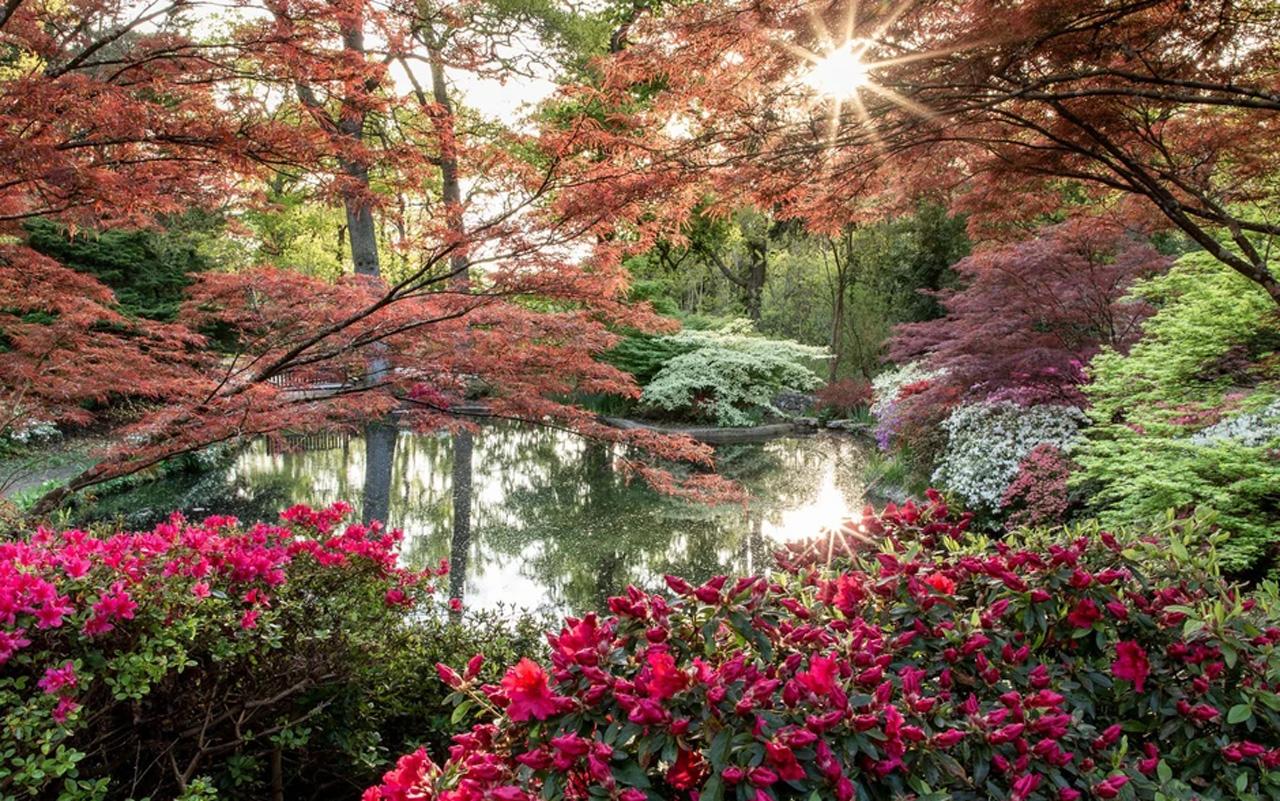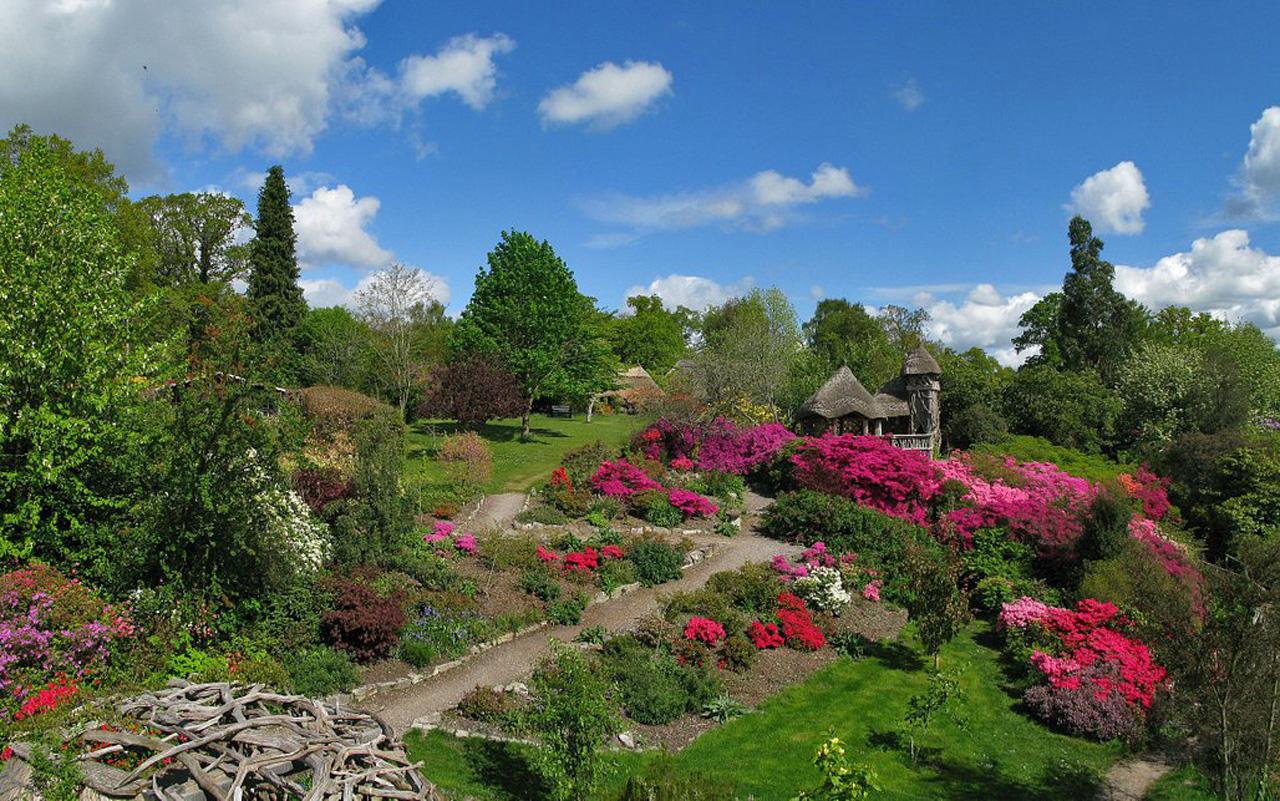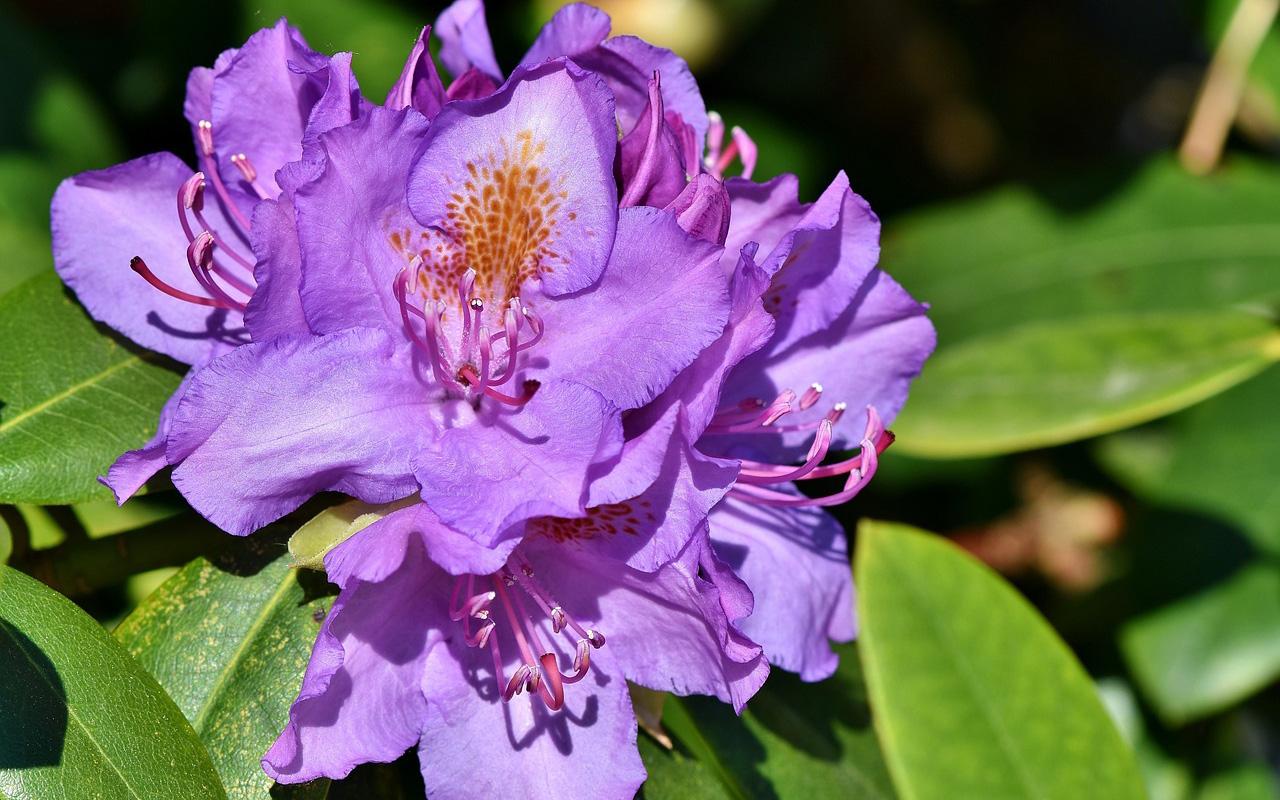Trustindex verifies that the original source of the review is Google. We have had an amazing garden makeover thanks to Hambrooks. The whole team delivered a spectacular result, fully meeting the brief we set and and exceeding our expectations. Our designer Emily fully understood our wishes and planned the perfect layout for us, and the landscaping team worked tirelessly and helpfully for the four weeks they were with us - very highly recommended.jenni lordTrustindex verifies that the original source of the review is Google. First class service to trade companies. Also look after individuals coming for advice.paul gailerTrustindex verifies that the original source of the review is Google. We couldn’t be happier with the work from Emily and her team! 🌿 From the very first meeting, Emily’s design ideas were thoughtful, creative, and perfectly suited to what we wanted. She listened carefully, added brilliant suggestions. The whole team hardworking. The end result is brilliant — our garden has been completely transformed, and we’re over the moon with it! Thank you, Emily and team, for creating a space we can enjoy for years to come. Highly recommend.Chris HornTrustindex verifies that the original source of the review is Google. Hambrooks worked with my ideas to transform my garden. Andy and Ryan worked really hard. I'm excited about the end result and looking forward to spending more time in my new garden. Thank youCathy MontgomerieTrustindex verifies that the original source of the review is Google. We recently had our garden redesigned and landscaped by Hambrooks (May/June25) The process from initial design/quote stage through to day 1 to the last day has been exceptional service. A big shout out to Sam, incredibly professional and went above and beyond to guide us and to look after our garden especially during the heatwaves. I also couldn’t recommend the build team more, Mark especially walked us through his plan for the day, always on time and incredibly tidy. Everyone knew the plans and didn’t need to ask me too many questions. Sam has still been on hand after completion and we’ll continue to rely on the team and it doesn’t seem a bother to them. Very grateful for a fantastic renovation and a place I can relax and enjoyCarla PackwoodTrustindex verifies that the original source of the review is Google. The unused part of our garden with poor paving, a lawnmower shed and virtually no grass, was transformed by Hambrooks into a pleasant space to relax. New paving, a sitting out area and a selection of specimen trees have made the area usable again. The flowerbeds alongside the house was something we could not have dreamed of. The final clever design feature was to move the shed behind a trellis. This now our utility area.John FoxwellTrustindex verifies that the original source of the review is Google. We are so pleased with the work, designed by Emily, and installed by Dave and Jack. From the outset both the customer service and the workmanship were exemplary. We were kept fully informed at all times and every effort was made to minimise any disruption and to keep the site clean and tidy. Would definitely recommend Hambrooks to friends and family.Sally ShearsTrustindex verifies that the original source of the review is Google. Difficult to get an HGV in however once in quick unload and friendly staff could do with a sign outside front as I drove right past it and caused a traffic jam turning aroundnick keableTrustindex verifies that the original source of the review is Google. The fish pond we installed over 40 years ago had become silted up and overgrown, the liner was well past its guarantee and maintenance had become a pain. Hambrooks cleared and replaced it with a gurgling mountain stream. The birds love it, the frogs love it, and we love it too!Mike GilesTrustindex verifies that the original source of the review is Google. The design team were very helpful and gave us all the the time we needed to discuss the plan and go through the detail of the planting. Dave and Jack worked veryhard and were very professional. They were organised and tidied each day. The garden looks great. The only suggestion I made to the design team was that I would have appreciated a talk through care and maintenance of our new planting.Audrey Scott





